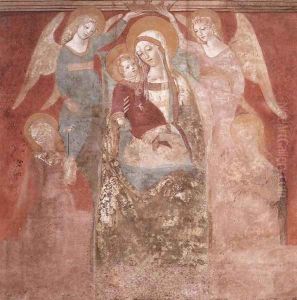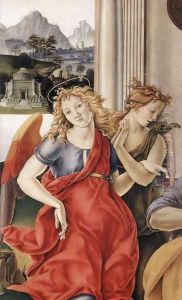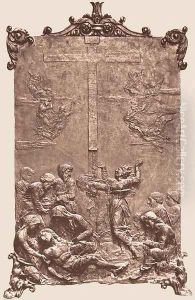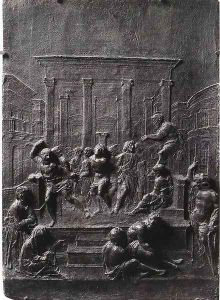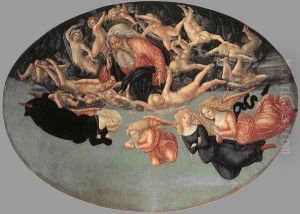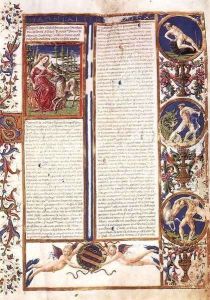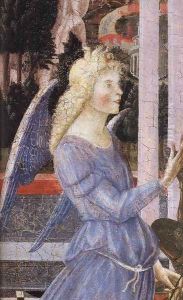





Chastity with the Unicorn 1463
-
About Reproduction
Discover the allure of art with our faithful reproduction of "Chastity with the Unicorn 1463", originally brought to life by the talented Francesco Di Giorgio Martini. Unlike posters or prints, our hand-painted oil painting breathes an unique sense of depth and texture into your space. Every detail, every stroke, and every texture is meticulously recreated, paying the perfect homage to Francesco Di Giorgio Martini and his artistic vision.
Owning this piece is more than just decoration - it's a statement of your refined taste in art. Let the vibrant colors and intricate details of this replica serve as a daily reminder of the beauty in our world. Elevate your decor and appreciate the richness of art with our replica of this masterpiece.
-
Painting Description
"Chastity with the Unicorn" (1463) is a notable work by Francesco di Giorgio Martini, an Italian painter, sculptor, architect, and writer from the Sienese School during the early Renaissance. This artwork is emblematic of the period's fascination with allegorical themes and the incorporation of mythological creatures to convey moral and philosophical ideas. The painting features the figure of Chastity, personified as a virtuous woman, in the company of a unicorn, a creature often associated with purity and grace in medieval and Renaissance symbolism. The year 1463 marks its creation, situating it in a period of significant artistic development and exploration of humanistic themes in Italy.
Francesco di Giorgio Martini, born in 1439 in Siena, was a multifaceted artist and intellectual, whose contributions spanned various domains of art and engineering. His work on "Chastity with the Unicorn" is reflective of his adeptness in blending traditional religious and mythological subjects with the emerging Renaissance ideals of beauty, proportion, and perspective. The painting is executed with meticulous attention to detail and a delicate use of color, characteristics that define Martini's artistic style.
The composition of "Chastity with the Unicorn" is carefully constructed to highlight the virtues of chastity and purity. The unicorn, a mythical beast renowned for its selectiveness and the belief that it could only be tamed by a virgin, serves as a powerful symbol of the central theme. The interaction between the woman and the unicorn within a serene, idyllic landscape further emphasizes the harmony between human innocence and the natural world, a recurring motif in Renaissance art.
This artwork not only exemplifies Martini's skill and versatility as an artist but also provides insight into the cultural and intellectual preoccupations of the Renaissance period. The allegorical use of the unicorn to represent chastity and the idealization of virtuous qualities reflect the era's complex interweaving of myth, morality, and emerging humanist thought.
"Chastity with the Unicorn" remains a significant piece for scholars and enthusiasts of Renaissance art, offering a window into the era's artistic innovations and the symbolic language that enriched the visual storytelling of the time. Through this work, Francesco di Giorgio Martini contributes to the rich tapestry of Renaissance art, demonstrating the enduring appeal of allegorical imagery and the exploration of universal themes through the lens of mythology and legend.
-
Lead Time & Shipping
When you order this oil painting replica, it typically takes 2-3 weeks to paint. If the artwork is more complex, it might need a little more time to ensure the best quality. Once it's ready, we'll send you a photo for your approval. After you give the green light, we'll ship it to you for free.
-
Return & Refund
We believe in the quality of our hand-painted oil painting reproductions, and your satisfaction is our priority. If for any reason, you are not completely satisfied with your purchase, we offer a 45-day return policy. You can return your artwork within 45 days of receipt and receive a full refund. Please note that the artwork must be returned in the original packaging and in the same condition as it was received.









